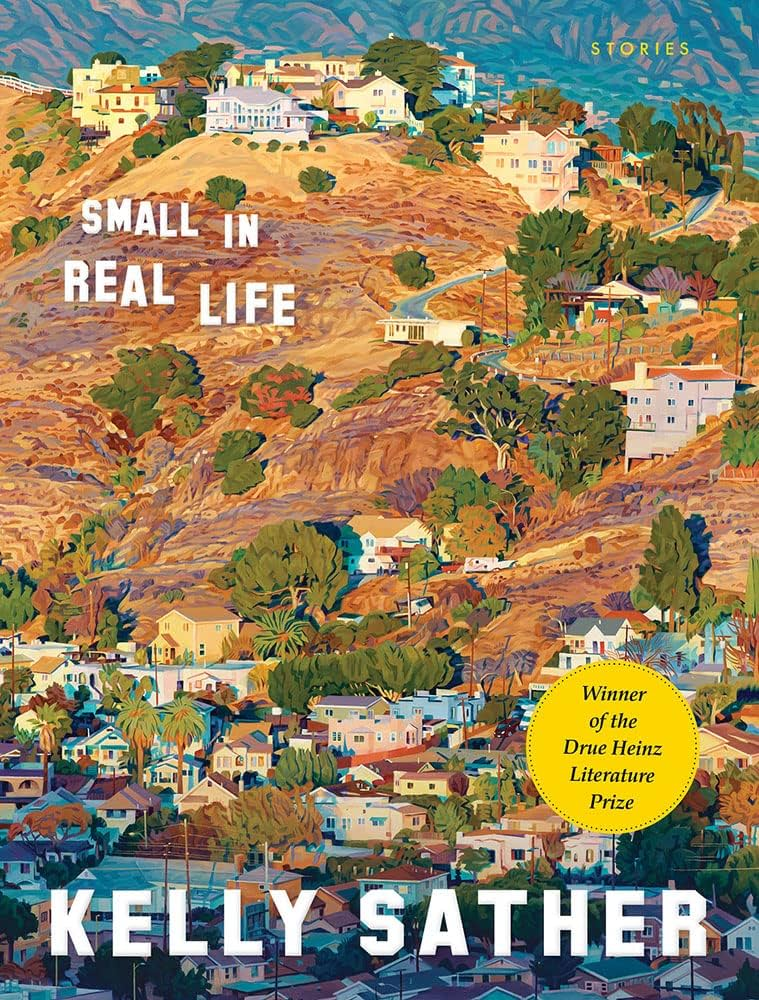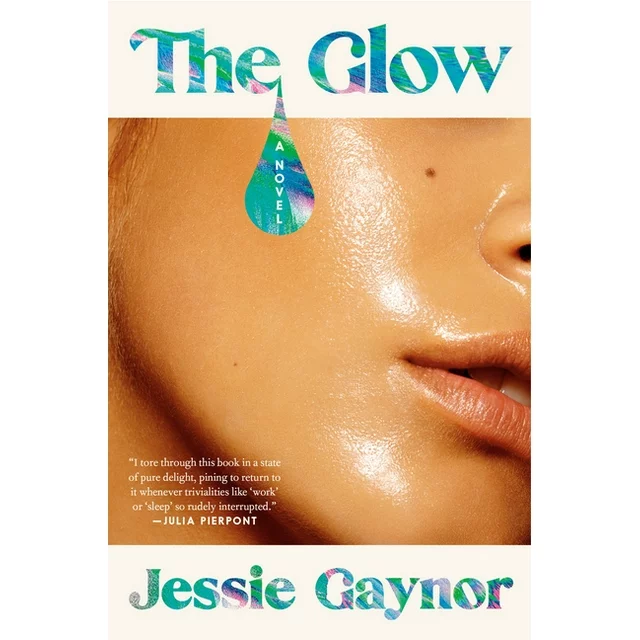
Warm, sunny weather, sandy beaches, and the glitz and glamour of Hollywood. These may be a few things you conjure up when you think of Southern California. But in Kelly Sather’s award-winning collection of stories, Small in Real Life, she tells tales that show a much more gritty reality of the Golden State. Some of the characters in Small in Real Life work in show business, and others are wannabes drawn to the promise of fame and fortune of Hollywood. And other characters are living lives far from those tired, yet true tropes of California. And all of them are an interesting narrative to tell.
Small in Real Life starts out strong with The Spaniard. Jenny is just about to turn sixteen when she gets sick at school. Nobody is able to reach her parents, so she is given bus fare and goes back home via the RTD. Yes, Los Angeles has public transportation. When Jenny gets home a strange man is there with her mother. Due to this man’s European accent, Jenny deems him The Spaniard. Why is this man in their house? Why is Jenny’s mother being so coy? Is The Spaniard and her mother having an affair? Jenny infers that they are, and she believes she can blackmail her mother into buying her a car for her upcoming 16th birthday, and if not, Jenny will tattle to her father about her mother’s dalliance with The Spaniard. But Jenny’s mother remains unfazed. Will this transgression be the end of Jenny’s parents’ marriage?
Betrayal is also a theme in Handbag Parade. Stephanie and Carol often meet at the home of their mutual friend, Gia. Gia is in the last throes of ALS; her tragic death is imminent. All three of them met early in their careers working low-level jobs at a Hollywood agency. Not one of them became an agent, but Gia found the most success of them all, and now she’s trapped in a frozen body. Stephanie begins to steal Gia’s collection of high end designer hand bags, and thusly, blames Gia’s nurse, Esme, for the thievery, putting Esme’s vocation on the line. Stephanie betrays a friend and bears false witness against an innocent woman. Handbag Parade show truly conveys how friendship can tragically lead to heartbreak and disloyalty.
In God’s Work an LA judge somehow ends up on a date with a failed actress turned make-up artist. The way this judge describes this woman you can tell he thinks she’s beneath him. He speaks disdainfully of her low-cut sweater and clumped up mascara. But is this an actual date or something quite else when the judge makes a startling confession, and somehow thinks him being a judge may be in her favor. But will it?
So many of the stories that make up Small In Real Life are gripping portraying people from all walks of life going through their day to day activities in the Golden State. Some get close to the glittering images Hollywood promises, but never quite grab that brass ring. Others are in the gallows. And then there are those who revel in the underbelly.
Small In Real Life made me think of the Hollywood sign. It looms over the land in large capital letters. It seems to promise fame and fortune and glamour. But closer and you’ll probably see decay, graffiti, and litter strewn about showing the true messiness and disappointment of real life.








